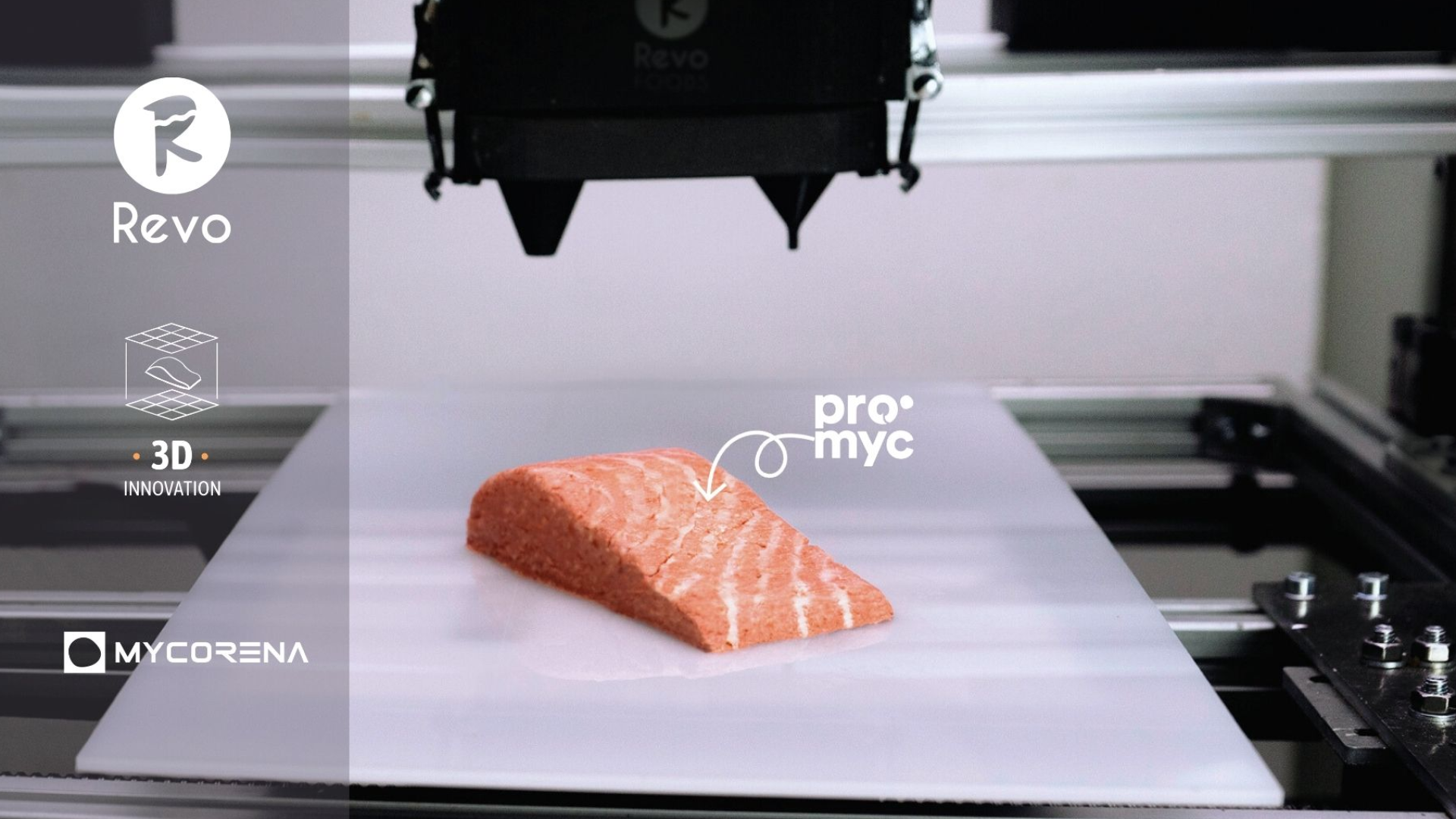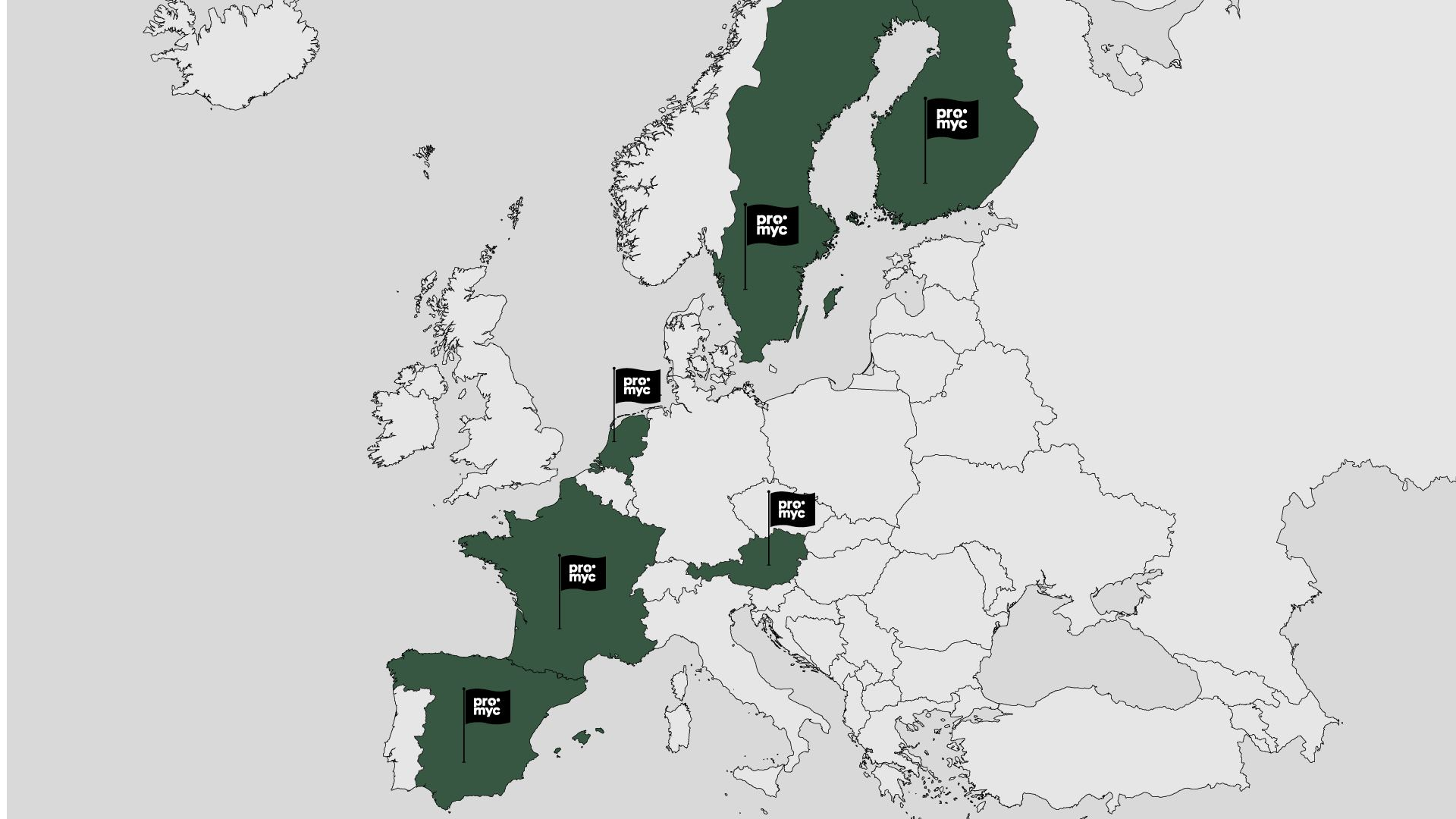A study by Nielsen found that 98% of people who purchased plant-based meat also bought regular meat, where they estimate that about one in five people fit the definition of a flexitarian. Interestingly, nearly half of meat alternative buyers have no meat-avoidant members in their households whilst only 30% have a vegetarian or vegan in their homes.
Effective advertising, among other driving forces which will be described below, have propelled curious consumers to try meat-alternatives. The abundance of meat-alternative products such as those offered by Impossible Foods, Beyond Meat and Nestlé is fuelling the move to flexitarianism. With these products closely resembling meat in appearance and texture, the success these meat-alternative products have had is no surprise. By targeting flexitarians as opposed to vegans or vegetarians, the market reach is doubled (14% reach as opposed to 7% of the UK market respectively, YouGov 2019). Burger King’s successful rollout of the Impossible Whopper is further proof of the flexitarian trend growing. Beyond Meat’s partnership with McDonald’s is currently in its testing phase for their P.L.T. (Plant. Lettuce. Tomato) with KFC following closely behind with their Beyond Fried Chicken in the form of nuggets and boneless wings.

Numerator’s survey on plant-based meat buyers has found that health and curiosity have been the principal drivers behind these plant-based meat purchases followed by environmental concerns. With growing concerns regarding animal welfare entering the mainstream market, younger consumers especially have started to question how ethical animal-based products are.
According to the graph below, the health benefits of a flexitarian diet is a defining factor. Decreases in high cholesterol levels along with decreases in the risk of type 2 diabetes and heart disease have been scientifically proven. Additionally, an 11-year study of 45 000 adults found that non-meat eaters are in fact at a 32% lower risk of heart disease compared to those who consume on a regular basis.

With 14.5% of all human-caused greenhouse gases produced by livestock, greenhouse gas emissions could be significantly curbed simply by switching to plant- and mycoprotein based meals. Taking into account the amount of water and land needed for the commercial production of meat, the potential impact is significant. The Committee on Climate Change’s most recent report states that such a shift in meat eating habits could enable individuals to reduce their personal dietary carbon emissions by 35%. The United Nations is another key driver of the flexitarianism initiative where they see changes in our diets as a necessary step to achieve Goal 8 (Decent Work and Economic Growth) of the UN Sustainable Development Goals. The “meat as a treat” mantra is at the core of the initiative where they recommend a maximum of 500g per week of meat if any at all.
Promyc’s unique meat replacement food ingredient has a texture that resembles that of meat whilst the high protein content keeps you feeling satiated. Compared to that of soybean and pea-based options found in other products in the market, Promyc’s protein content is significantly higher with the added bonus of essential amino acids without the need to undergo heavy processing.
With Beyond Meat’s recent high performing IPO (Initial Public Offering) along with numerous fast food chains announcing deals with alternative-protein producers, the beacon is bright signalling to investors that there is a strong opportunity ahead. At Mycorena we are confident about the future of Promyc. Aided with ever-growing consumer and investor sentiments, we see our path ahead as a bright and prosperous one in the meat-alternative sector and beyond.
Author: Tamara Adzic
Marketing Intern at Mycorena












